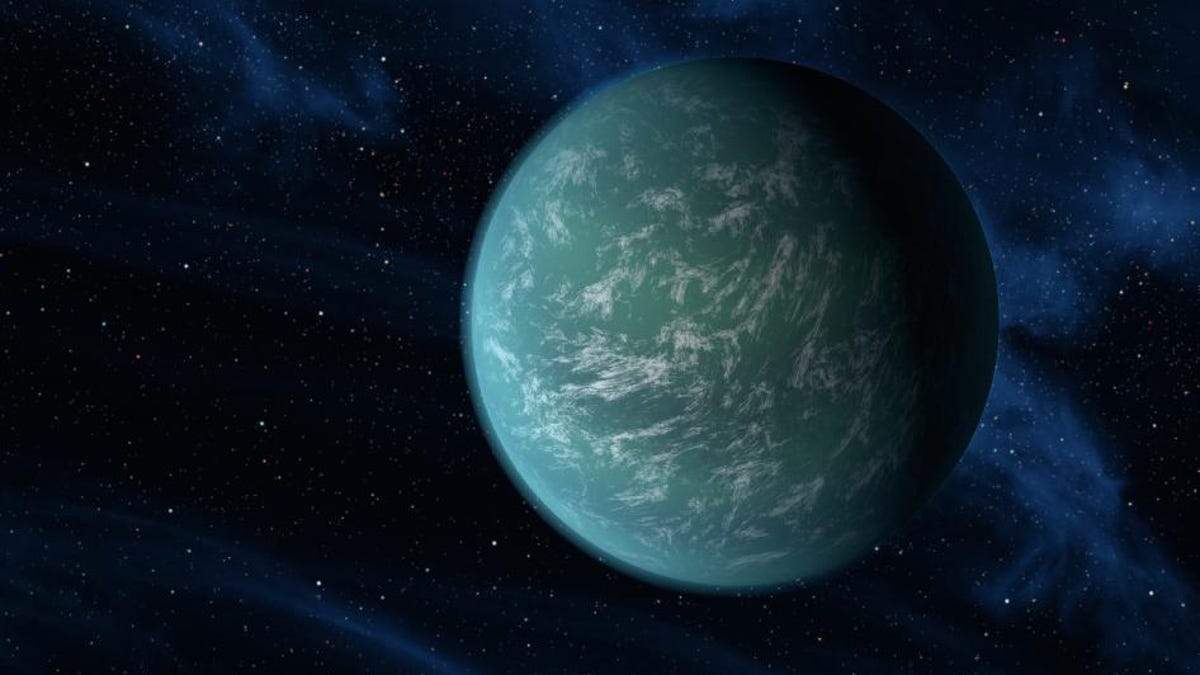More Earth-like exoplanets found hiding in Kepler data
Researchers dug into some old data gathered by NASA's planet-hunting space telescope and found a new batch of worlds that could host alien life.

Scientists may have found a new batch of habitable exoplanets in some old data.
Beyond our solar system may be a planet that is a lot like ours.
It's about the same size as Earth. Its year is about a month longer. And its climate is a little chilly, but warm enough to hold water and, perhaps, life.
Picture something like the "Star Wars" planet Hoth, just not so harsh.
The exoplanet is named KOI-7923.01. It's considered a 'candidate exoplanet,' meaning it's a promising data point though more observations are needed to confirm it is indeed a planet.
A new analysis of data collected by the Kepler Space Telescope between 2009 and 2013 has identified a number of potential new exoplanets. They're included in a new catalog of Kepler Objects of Interest (KOIs) designed for use by scientists.
"This catalog represents a significant step forward on the long road to figuring out how common planets like Earth are, and thus how common life may be in the universe," Jeffrey Coughlin, the director of the current Kepler mission for NASA, told me via email. "Not all of the possible planets in the catalog will turn out to be real after follow-up observations are performed. If confirmed though, several of these planets have a very good chance to be rocky and in the habitable zone, i.e., the right conditions where liquid water could exist on their surface."
Liquid water, Coughlin said, is necessary for life to thrive on Earth.
Coughlin says that if KOI 7923.01 is confirmed, it could be a place worth sending a spacecraft to in the future.
Another promising candidate is KOI-7711.11. About 50% larger than Earth, it receives as much energy from its star as we do from the sun, making it potentially habitable.
All told, the new catalog includes ten new potential planets that seem good bets to be cousins of ours. They'll almost assuredly earn the attention of a number of powerful next-generation telescopes set to come online over the next several years.
Keep your eyes on the skies, alien fans. The search for E.T. will only get hotter in the near future.
Crowd Control: A crowdsourced science fiction novel written by CNET readers.
Solving for XX: The tech industry seeks to overcome outdated ideas about "women in tech."

